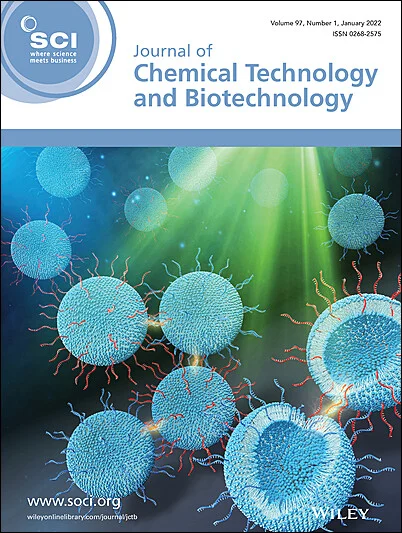Study of the photocatalytic degradation of oxytetracycline using (FeCoGaCrAl)2O3-doped titanium dioxide as a high-entropy oxide
Abstract
Background
Tetracycline antibiotics, such as oxytetracycline, are widespread and prevalent organic pollutants in aquatic environments that pose a significant health risk to humans and wildlife. Due to their persistence, it is necessary to remove them urgently. Conventional photocatalyst agents are inefficient in removing oxytetracycline, highlighting the need for alternative materials. A high-entropy oxide, TiO2/(FeCoGaCrAl)2O3, was synthesized using the sol–gel method. The composition and characteristics of this high-entropy oxide were analyzed, and its effectiveness in degrading oxytetracycline in water was investigated. Further, the effects of various factors, including different high-entropy oxides, catalyst quantities, solution pH and solution ion concentrations, on the oxytetracycline degradation in water were explored.
Results
The results revealed that under the irradiation of a low-energy-consumption (32 W) ultraviolet lamp at room temperature, a 20 mg L−1 oxytetracycline solution exhibited the highest degradation rate when treated with a 0.4 g L−1 high-entropy oxide catalyst at pH 7, achieving a degradation rate of 73.1%. Common ions such as SO₄2− and Cl− had minimal impact on the catalyst's performance, while CO₃2−, which resulted in a weakly alkaline solution, reduced the degradation rate to 42.35%. Additionally, the average bud length of mung bean sprouts grown in oxytetracycline solution treated with the high-entropy oxide photocatalyst was 0.69 mm shorter compared to those grown in deionized water and 6.51 mm longer compared to those grown solely in oxytetracycline solution.
Conclusion
TiO2/(FeCoGaCrAl)2O3 is more suitable for calcination at 700 °C. Overall, the prepared high-entropy oxide demonstrated effective catalytic degradation of oxytetracycline and potential for water remediation, providing valuable insights for oxytetracycline degradation treatments. © 2025 Society of Chemical Industry (SCI).

 求助内容:
求助内容: 应助结果提醒方式:
应助结果提醒方式:


